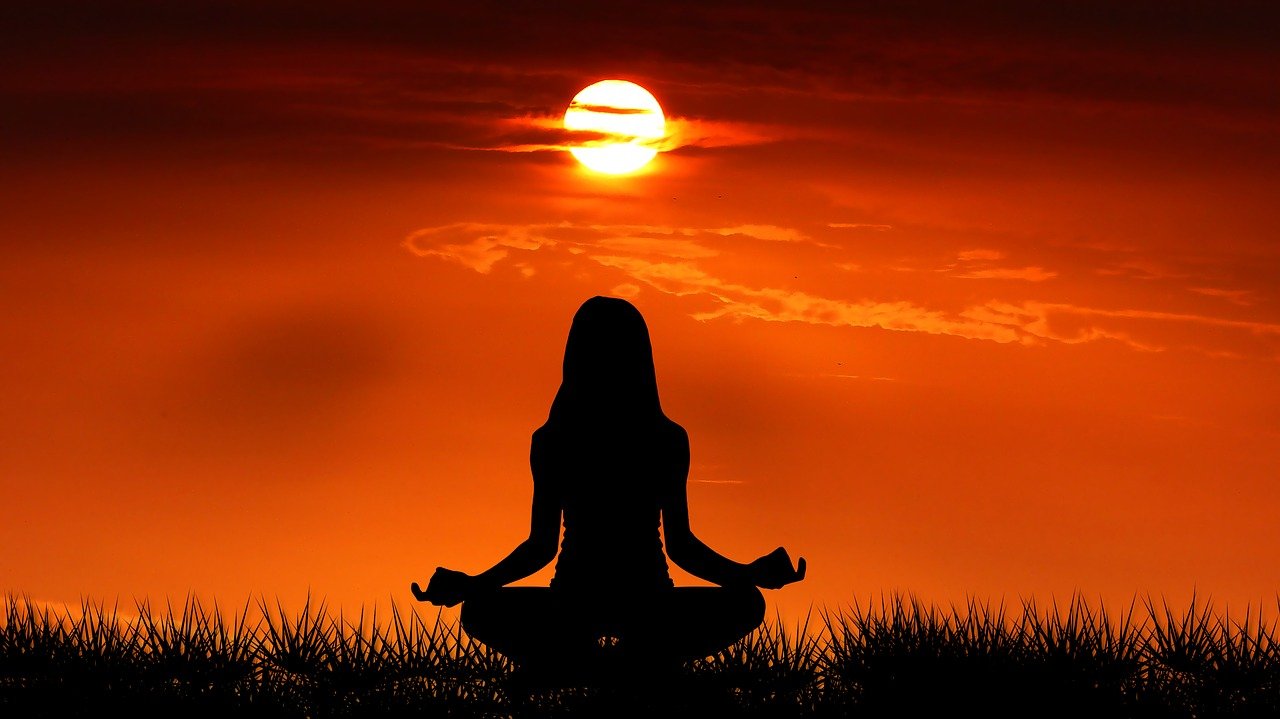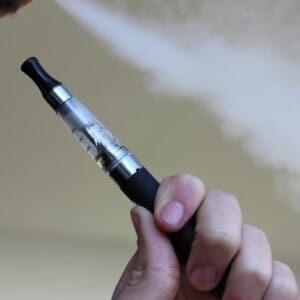About breathing
To survive and keep our body healthy, we need not only food and water but also air to breathe. The air we breathe is more important than eating and drinking. We can live several weeks without food. Without water we can live for a few days, but without air we will be able to live for a few moments. Our life moves and dies with breath.
Three steps are evident in one breath. [1]:
Inhale
Exhale.
Staying in the breath period.
One stage leads to another. It should take almost twice as long to exhale. The condition of stagnation comes only after exhaling as compared to inhaling, whereas the need to breathe again is not known. Breathing in is an important part of breathing. With this the shrinking of the respiratory muscles becomes visible. This is the active ingredient. Breathing out is the passive part of the breath, this is a phase of stress and inferiority.
Calm, regular and deep breathing is crucial for our health, which has a second resolving and calming effect on our body and mind. On the other hand, more rapid and shallow breathing has a negative effect on us because it can increase our nervousness, pressure, stress and grief.
One mistake often made in the breathing process is that when we inflate the chest, we only pull the stomach inward, while we must do that to leave the stomach loose outward. Deep breathing is greatly damaged by moving the stomach inside. Often modern costumes and tight embellishments contaminate the natural breathing.
Therefore, all yoga exercises, including breathing exercises, should be done slowly and without unnecessary stress, without any desire or competition. Breathing should be taken by word and nose **. In a short period of time and with practice, a person slowly starts to try to take slow and long breaths. Only through proper breathing can the full effects of yoga exercises be achieved and visualized.
It is clear from yoga that how the body and brain can be affected by different breathing styles (techniques). Unfortunately, our breathing patterns have gone far beyond the natural and correct breathing system. The practice of “complete yoga breathing” is the basic requirement to reestablish a healthy breathing process. There are also many health benefits of doing yoga asana that you can get by joining 200 hour yoga teacher training in Rishikesh, India.
Full yoga breathing
Three types of breathing are particularly notable in learning “full yoga breathing”:
1.Abdominal or diaphragmatic breathing
With inhalation, the mid-abdomen starts to move downwards, which causes pressure on the part of the stomach and the abdominal wall, the inner part, expands outward. On exhaling, the component (part) of the stomach again moves forward and the abdominal wall becomes flat. Unlike inhalation, exhalation is dysfunctional.
Abdominal breathing forms the basis of breathing, because of this, full utilization of lung capacity, capacity is used. This slows down breathing in a natural, natural way and relieves tension.
2.Pulmonary breathing
The ribs become high with inhalation due to which the chest becomes wide. When the breath exits, the ribs return to their pre-position. Air enters the central parts of the lungs. There is not as much filler in the lungs as in the abdominal breathing process, and the breathing becomes more rapid, quicker and shallower.
This breathing process starts automatically in difficult situations, due to nervousness or tension. Subconscious use of this more rapid breathing creates more stress. To overcome this harmful cycle, slow and deep stomach-breathing technique is more helpful.
3. Inhalation of the collarbone (throat bone)
In this type of breathing, air starts moving in the top part of the lungs. On inhaling, the upper part of the chest and the laughter arise. She exits again when she exhales. Breathing is very shallow and fast.
This type of breathing is caused by extreme pressure, discomfort and fear, or when it is very difficult to breathe.
All three different states are formed in healthy and smooth natural breathing. Each stage is connected by a wave, which goes from the bottom to the lungs in the inhalation (filler) and from the top to the bottom in exhalation (laxative). With the filler, the stomach expands forward, the chest is swollen. With a laxative, the chest and abdomen return to their former state. When a person instinctively uses the full capacity, capacitance of the lungs, without any force, with this type of breathing technique, then that person practices full yoga breathing.
Exercises for the three types of breathing
Starting position : Lie on your back.
Attention : on the whole body and breathing.
Time period : 2-3 minutes.
Practice :
Lie on your back, arms (hands) are loose on the body and palms are facing upwards, feet should be straight, or if bent, the feet of the feet should remain on the floor. Close the eyes and allow the body to relax.
Different Status (a)
Place your hands on the stomach and watch the movement of the stomach with every supplement and laxative breathing. Now place the hands near the ribs, point the fingers towards the center of the chest and see whether and how far the ribs extend and shrink under the hands. Now, keep the hands under the ribs and watch the movement of the chest in this area.
Different-position (b)
Relax, do supplemental and laxative breathing several times and keep breathing a little deeper than normal. Take care of every vibration that happens with the breath. Continue breathing in the same way and keep the arms straight, move them towards the head, spread them. See how the vibrations related to breathing change with the change in every position of the hands and how the volume (density) of the breath also changes.
- Keeping the arms straight, keep them at an angle of about 45 ° on the floor. Pause and watch the flow of breath carefully.
- Move the arms along the floor at an angle of 45 °. Now extend the height of the shoulders in that direction, stop a little, now see the flow of breath again.
- Play the arms as much so that they come close to the head on the floor.
- While doing the laxative (breathing), keep the arms straight and take them slowly along the floor so that they are close to the body again. Spread the legs straight and lie down resting for some time without moving.
Full yoga breathing exercises
Initial position : Lie on your back.
Attention : on full body and breathing.
Repeat : 5–10 times.
Practice :
Lie on your back. Keep the legs loose from each other. The arms should be lying comfortably near the body with the palms facing upwards. Give rest to the whole body. Close your eyes.
Different status (a)
While doing the supplement (inhale), keep the arms straight and gently bring them upwards along the floor until they come close to the head. Coordinate the breathing with the movement of the arms, starting from the abdominal breathing, going towards the back and finally reaching the area of the laughter.Slowly bring the arms near the body while exhaling (exhaling). The laxative is reversed. While conscious, start the laxative from the area of the laughter, continue in the chest and finally relax the abdomen.
This happened once in the entire serial number. Do this exercise 5-10 times. Remain alert while experiencing breathing so that breathing becomes as deep and complete as possible.
Different-position (b)
While supplementing, keep the arms parallel to each other and raise them in high arches towards the ceiling (above). Place the arms near the head on the floor, with the palms facing upward (open). Likewise, bring the arms back to the body in the same way. The palms will remain on the floor. While conscious, experience and observe carefully all three types of breathing (abdominal breathing, chest breathing, and laughter breathing).
Do this exercise 5-10 times. See how much this breathing-yoga exercise increases the density of breathing by a single exercise.
[1] The Sanskrit words for the 3 steps of breathing are as follows: – Complementary – Breathing in, Laxative – Breathing out, Kumbhak – Keep breathing in.
There are also many health benefits of doing yoga asana that you can get by joining Yoga Teacher Training in Rishikesh,India.




